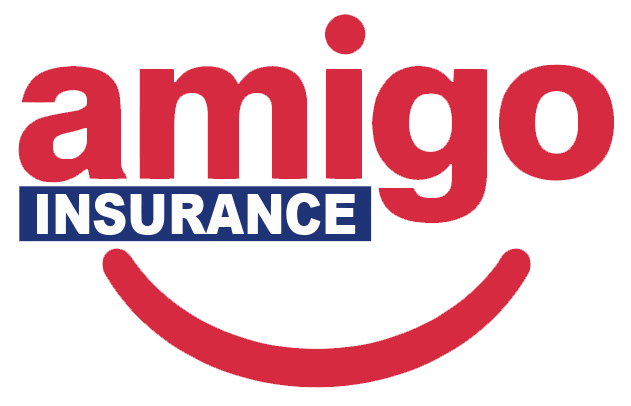Sometimes, minor traffic violations are more inconvenient than anything else. However, severe violations might show that you are a danger to yourself and others on the road. Each state has different ways of penalizing those who commit serious driving infractions. Penalties might include a requirement to get an SR-22 certificate.
If this is the first time that you have to get an SR-22, you might not understand what it is. SR-22s are certificates that essentially verify that you carry auto insurance. If you have serious driving violations, your state might require you to carry this form.
How You Can Get an SR-22 Penalty
Often, SR-22s penalties originate following dangerous behind-the-wheel violations by drivers. They may arise after drivers receive charges of:
- Multiple or severe accidents
- Many speeding tickets
- Driving without insurance
- Driving without a valid license or registration
- DUI or DWI violations
Or other offenses.
Each state determines its SR-22 laws. Indeed, some states do not have SR-22 penalties at all, and won’t require the certificate. However, even if you live in a non-SR-22 state, you can still receive SR-22 penalties in another state. Visit your state’s DMV, motor vehicle service, or public safety websites for information about particular laws.
Understanding the SR-22
An SR-22 might impact the way you carry and afford auto insurance. Therefore, it is important that first-time recipients understand what the SR-22 is. Many people mistakenly believe that SR-22 coverage is a special type of car insurance.
If a driver commits serious violations, the authorities might classify them as high risks. High-risk drivers usually have a greater chance of causing property damage, injuries to third parties or damage to their own vehicle.
States understand the potential for damage that high-risks drivers carry with them. Many states have instituted the SR-22 rule as a way to protect high-risk drivers and others on the road. You can view the SR-22 as a way that states make doubly sure that high-risk drivers carry auto insurance.
SR-22s are not insurance policies. They are certificates that attach to existing auto insurance. Once attached to your insurance policy, the SR-22 goes to your state authorities. It verifies for the state that you have active auto insurance.
How Will the SR-22 Affect My Insurance?
When you get an SR-22, you will need to immediately contact your insurance agent. Your agent will be a source of information and assistance during this time.
SR-22s belong to drivers who carry a lot of risk, and insurance companies know this. Therefore, just as the state will view you as high-risk, so might your insurer.
When insurers issue policies, they assume risks associated with that driver. They base the amount of risk the driver has on varying factors. However, each factor impacts a driver’s likelihood of filing a claim. The more likely a driver is to file a claim, the higher their risk level usually is. The insurer may increase the driver’s premium because they have a higher chance of having to pay a claim for the driver.
Since SR-22s show a high risk, insurers will likely raise premiums for drivers who carry them. Some even refuse to cover the highest-risk drivers, including SR-22 carriers.
Getting and Maintaining Your SR-22
The thing to do when you get an SR-22 is to keep your wits about you. You usually have to follow a specific process to file the certificate. Contact your insurance agent or insurance company and notify them of the requirement. Your agent can then tell you how the SR-22 will impact your coverage.
- If your insurer refuses to cover you any longer, your agent might be able to help you find a new policy.
- You might need to consider adjusting your insurance coverage to higher limits. Your agent can often help you do that.
- Some independent insurance agencies do not issue SR-22 certificates. You might have to seek policy assistance from another resource to get the filing. Be sure to verify with the state that it is in receipt of the certificate
- Sometimes, you might have to file the SR-22 with the state yourself. In others, the agency might be able to file the SR-22 on your behalf.
There are usually costs associated with your SR-22 coverage. A simple filing fee is usually quite nominal, around $25 in most cases. However, you might face other costs. For example, the insurance company issuing the SR-22 may require you to pay your full premium up front. This helps make sure that your policy will not expire or cancel due to lack of payment. Remember, your premium may go up, and stay that way for a while.
The good news is, your SR-22 is usually temporary. Most first-time offenders have to keep the SR-22 active on their licenses for about 2-3 years. However, the key to getting an SR-22 is to not re-offend. If you commit further driving offenses during the SR-22 period, it may drive your rates up further or cause the penalty period to start over.
The SR-22 certificate is nothing to disregard or take lightly. You must adhere to its requirements like any other penalty. Talk to your insurance agent to make sure your auto insurance coverage and certificate meet all lawful requirements. With the correct protection, you can ensure that you will finish your SR-22 penalty without lingering consequences. Contact us to learn more about SR-22s in Chicago.
